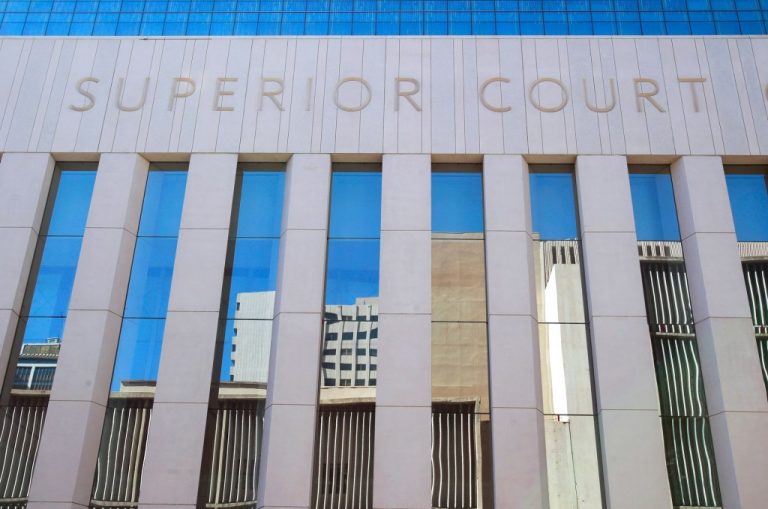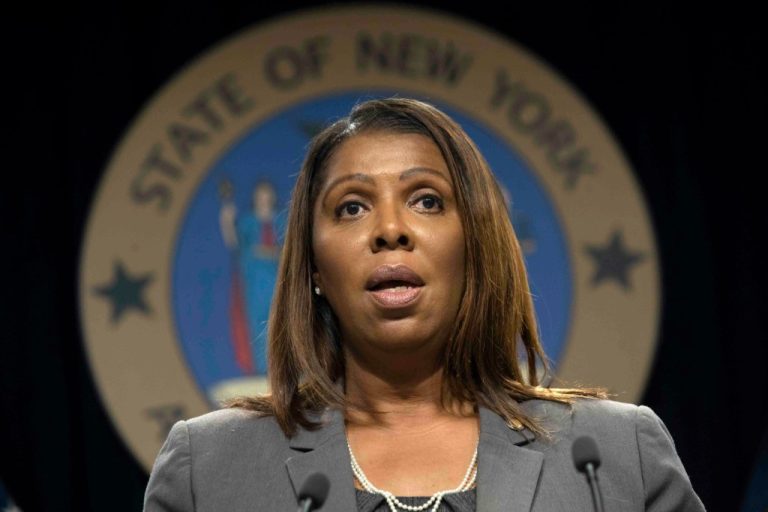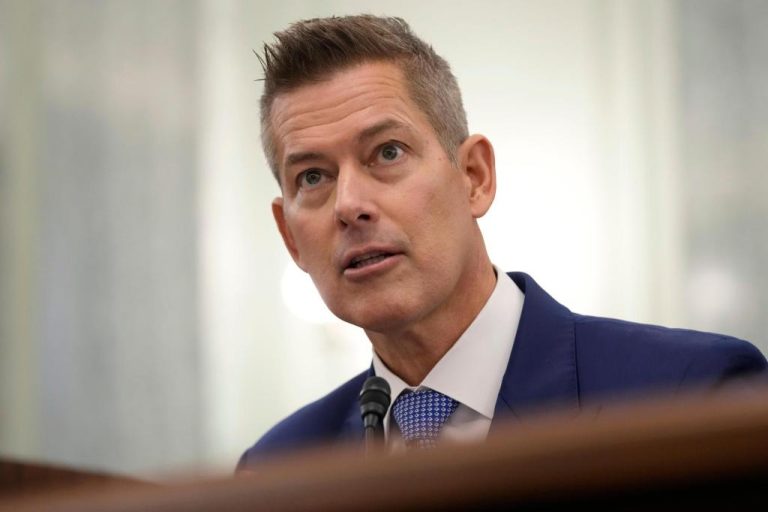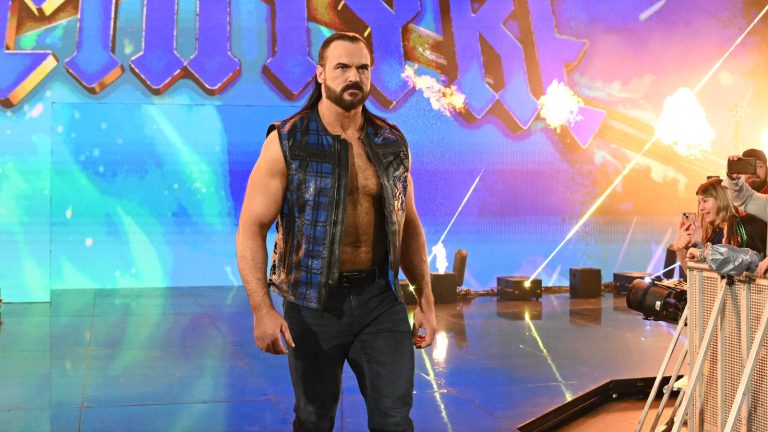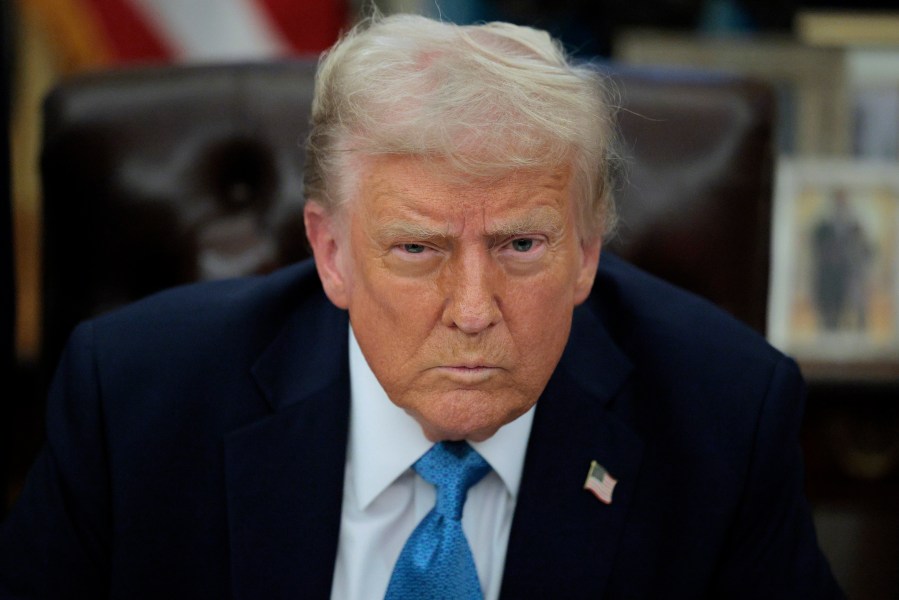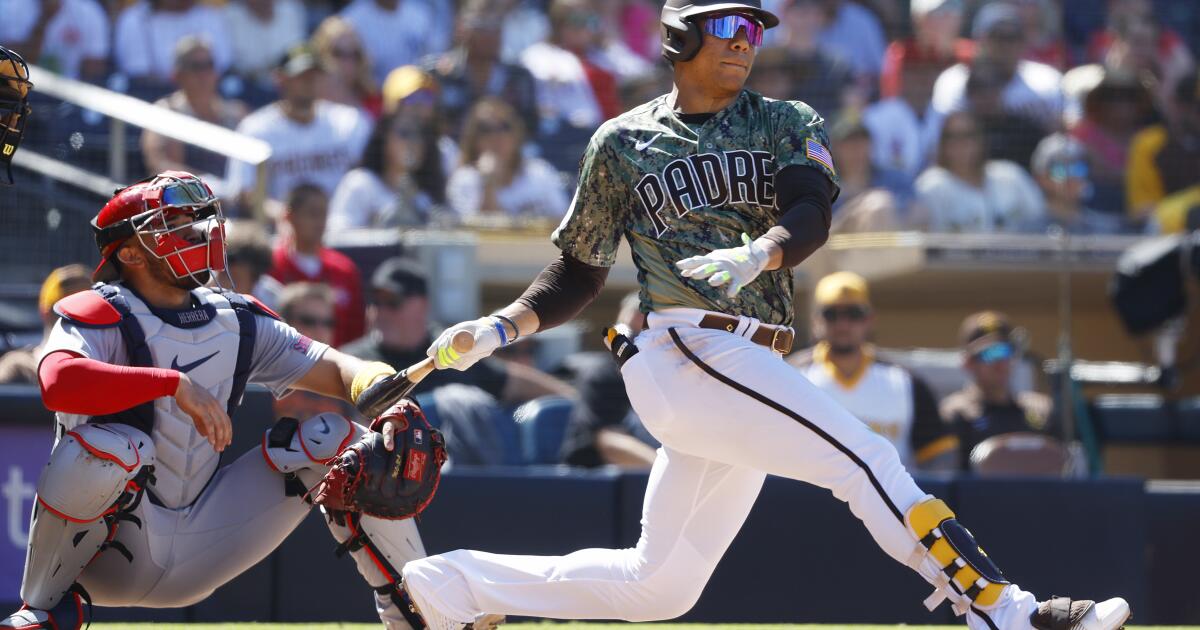

Trading Juan Soto amounts to ripping off the financial Band-Aid. Granted, it’s a Band-Aid the size of a surfboard, but it had to happen. The bills are coming due for a franchise that pushed the limits and spent like MLB kings.
They learned in 2023 that even a lineup filled with gilded superstars and one of the best rotations in baseball with a Cy Young winner and perhaps the best closer in the game was not enough.
The Padres weren’t balanced enough. They weren’t deep enough. In the end, they didn’t produce enough.
So when the organization leaned into shedding what could be $33 million or so that Soto would be due in arbitration, it was an acknowledgment of the vice grip of money realities, coupled with spending failing to guarantee much of anything in baseball right now.
The top three spenders in the game — the Mets, Yankees and Padres — all were shut out of the postseason. The Diamondbacks, with the 10th-lowest payroll in the game of about $119.3 million according to Spotrac.com, made it to the World Series. The Rays (No. 27 at $79.4 million) and Orioles (No. 28 at $71.1 million) reached the playoffs.
Consider all the financial fuss the Padres face. They lost their regional sports network. Though MLB helped subsidize a majority of that loss for a year, it’s a looming storm cloud until a new distribution deal is locked down.
The franchise has paid significant penalties related to the competitive balance tax and has been out of compliance with MLB regulations related to debt service.
Any reasonable accountant also would have projected the team to realize revenue from home playoff games that failed to materialize. In spite of 59 sellouts and a record 3.2 million fans at Petco Park, a report from The Athletic, confirmed by the Union-Tribune, revealed the team took out a $50 million loan to cover expenses this season.
Although that is not entirely unusual, it’s another factor to toss on the fire. All those sellouts and all those fans failed to offset a payroll that ballooned to more than $250 million.
As a fun kick in the balance-sheet shorts, the Padres still owe departed first baseman Eric Hosmer about $26 million over the next two seasons to not play for them.
It’s not a financial train wreck, even so, as the Padres reportedly are eyeing a payroll in the $200 million range. That should be more than competitive in today’s game. What it does mean: Freeing up money via Soto could be critical in terms of re-investing in a rotation facing the massive losses of Blake Snell, Seth Lugo and Michael Wacha.
There are other lineup needs, but it starts there. Remember how the rotation felt when guys like Rich Hill, Jake Arrieta and Vince Velasquez were slotted at the bottom? What if the franchise finds itself trying to plug in reclamation projects in the middle?
Given the massive, essentially unmovable contracts of Manny Machado and Xander Bogaerts, the growing concern of a contract to Jake Cronenworth and the long-term money invested in Fernando Tatis Jr., Soto provided wiggle room. The only wiggle room.
This trade could lead to other offseason moves that flesh out the big picture for the Padres. Will a Soto move be worth it? Check back in a couple months.
It would have been beyond painful, though, to watch Soto, Snell and closer Josh Hader waltz into free agency without getting anything of substance in return. That would have been one of the toughest 0-for-3s in baseball, given that the team still missed the playoffs and the three are some of the most valuable commodities in the game.
So, the Padres were cornered. Too many holes. One real and attractive trade piece.
If the franchise was not in position to sign the elite left-handed bat long term a year from now — and we’ve been through the reasons a $500 million or so deal would not fit their current realities — this was the chance to gain something amid the painful process.
Soto was so-so when the team made its NLCS run in 2022, finishing with the lowest OPS+ of his career (127, where an average MLB player being 100). He bounced back with an All-Star, Silver Slugger run last season, but has not changed the franchise’s fortunes in a big-payoff way during his two late-season laps.
The lesson in all this: It will take more than Soto, no matter how good he can be.
That rebuilding begins with moving the star and his money. It’s only a starting point, though — or at least it should be — for a team that faces plenty of needs.
It’s a big Band-Aid, for sure. It had to be ripped off, all the same.


